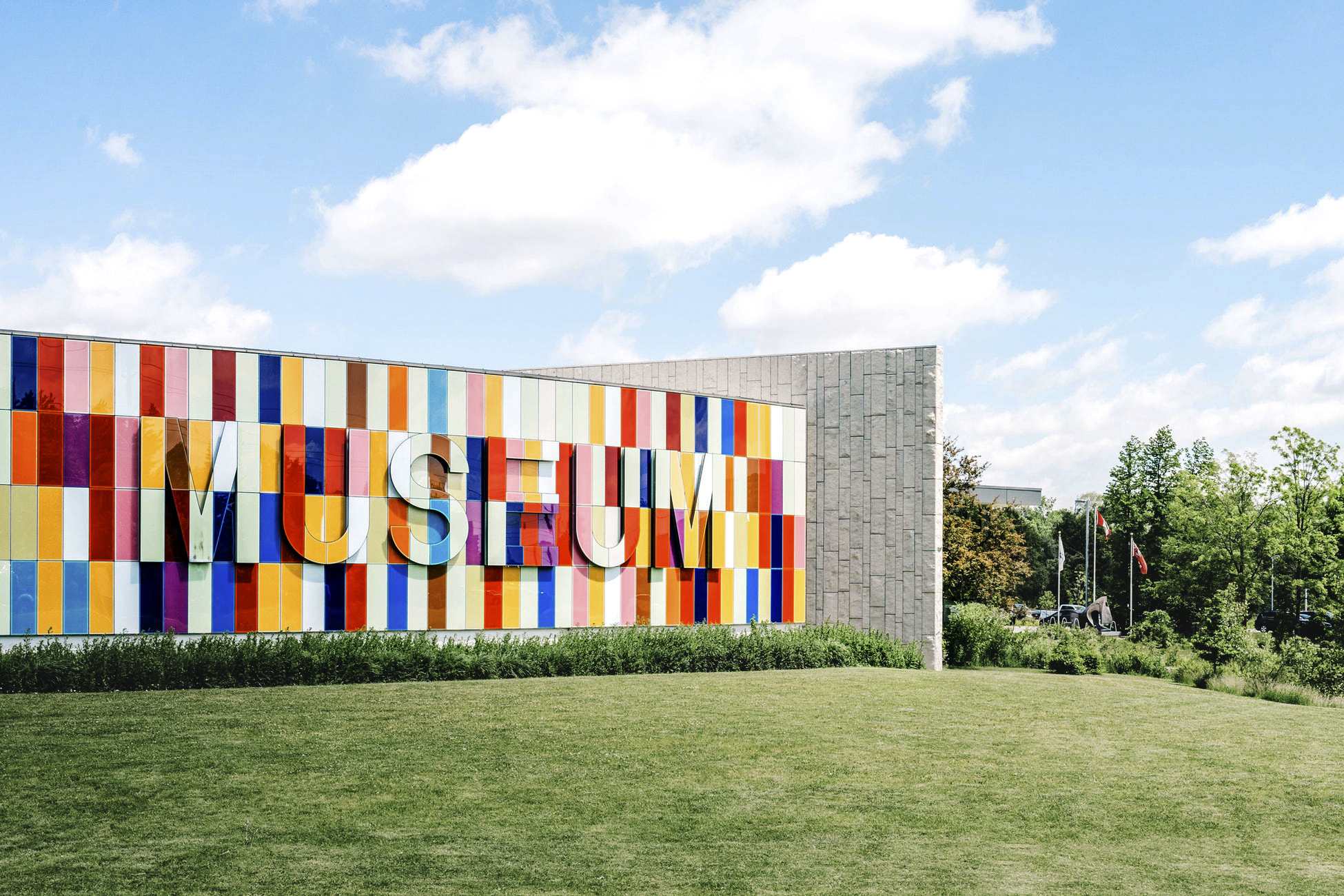Going Places exhibit helps visitors travel through history

The Ken Seiling Waterloo Region Museum opened a brand-new exhibit on June 28, 2019. The featured exhibit, Going Places: Past Present Future, highlights the changes in transportation within the region and the upcoming projects to keep people moving.
With the official opening of the ION light rail transit system, this exhibit celebrates what has been accomplished and what is to come.
Upon entering the Going Places gallery, there isn’t one chronological place to start. Each mode of transportation has its own area within the space, and the installations move a viewer through the historical presence of each mode in the Region individually.
There were sections covering the stereotypical “planes, trains and automobiles,” but bicycles, river transit, streetcars, horse-drawn carts and, of course, the new ION light rail transit system as well.
Throughout the exhibit, visitors can find information such as how structures, like roads, have been made and maintained overtime and how systems like gasoline engines function.
While most of the space features colourful placards of information with models and images, there were also some tangible elements to help immerse attendees in the world of transportation.
There is a streetcar to sit in, airplane gate benches and an ION section that allows visitors to sit in the operator’s cabin with a perspective projection of the point-of-view as the train moves along the route.
The designers of the exhibit did a good job maximizing the space and using the height of the room. There is a large representation of the front of both a GO train and a steam engine against the wall, which is a great way to show visitors how large the trains are in real life.
If you’ve ever wondered why many of the roads in Kitchener-Waterloo are incredibly winding or where some of the street names came from, then checking out this exhibit can help you find your answers.
There are brief facts posted in each area that can help catch the interest of those who do not wish to read all of the history, or for children who might be more interested in looking at the artifacts and models. There is also a 360° interactive station where visitors can pretend to use various modes of transportation, including a kayak.
The futuristic modes of transportation and their ecological impacts also may catch a visitor’s interest. There are bits about autonomous cars, pollution and energy sources, which can each alter the way people move through the area.
An important aspect to note is that the exhibit did not give just a general overview on these transportive technologies, but instead focuses on how they have been used within the Region and how they impact the generations living here today.
If you’ve ever wondered why many of the roads in Kitchener-Waterloo are incredibly winding or where some of the street names came from, then checking out this exhibit can help you find your answers.
The growth of the Region is heavily linked to the access of transportation and the mobility of residents and travellers on a regular basis. The modes of transportation impact the region, just as much as the needs and desires of humans impact the modes required to be in place.
The most interesting thing in the exhibit for me was a showcase of some items that were uncovered during the ION construction. There was an entire old-fashioned fire extinguisher type-object from the railway plus other bottles and metal instruments simply buried over time. The corduroy road was also rediscovered in the excavation process.
It’s worth a visit to help educate yourself on the Region, where we’ve been, where we’re at and where we’re headed.


